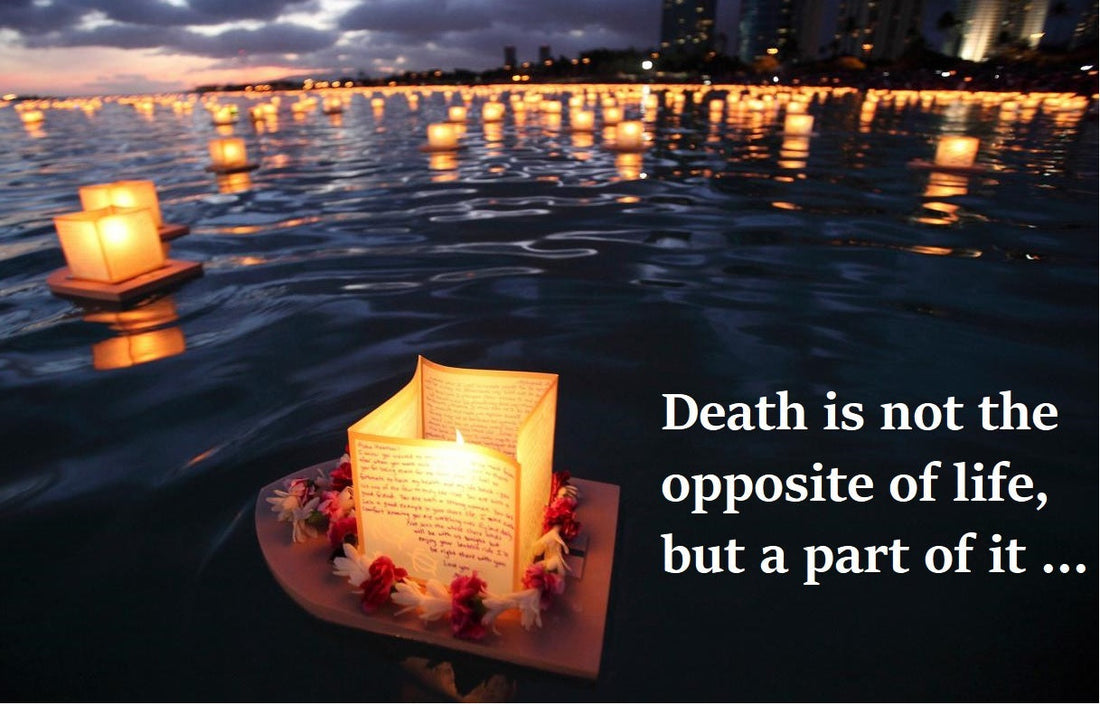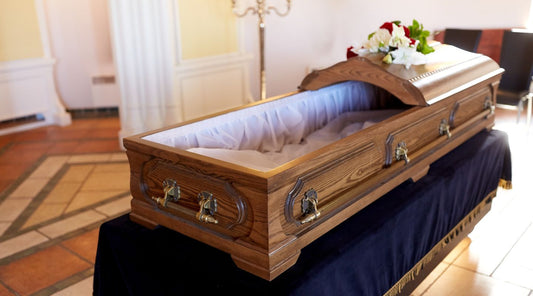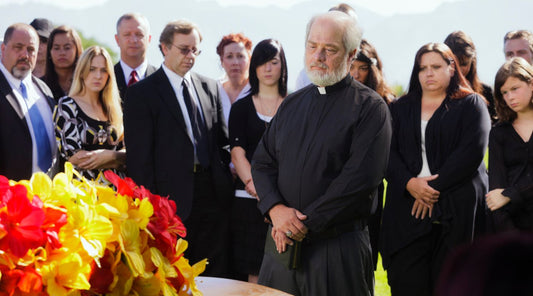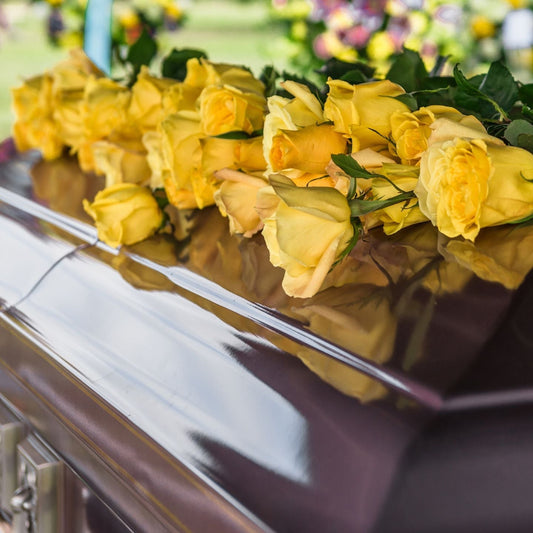
The “Death Positive” Movement - A Complete Guide on How to Accept Death in Our Lives
Every time we speak of death, we think about suits and ties, veils and black clothing, a heavy casket, and a church. Dreary, grief, morose, depressing, cemetery, and expensive are also words typically associated with funerals.
But what kind of words come to mind when you talk about death? Is it mystery or grief? Do you think about the painful loss or a tombstone? Nine times out of ten, it's going to be something negative, and it's perfectly understandable.
What is the “death positive” movement all about?
The Death Positive movement helps people to think and speak about death freely. It concentrates on family funerals, participation in the body preparation, and cremation/burial. It also includes talks about natural and green burial, specific ceremonies and rituals, as part of accepting death and decay as part of the natural world.
The Death Positive movement is all about people being able to speak freely about death and everything related to it. It's about honest conversations about the dying process, what happens to the body when we die. It's also about death rituals and ceremonies, body disposition, funerals, and choices for burial.
With the majority of people considering death topic to be a taboo, people should start talking openly and honestly about it. It alleviates the fear and anxiety related to death, helping people make informed choices about the funeral arrangements as well.
The “Death positive movement’ is also a response to the commercial funeral industry dominating the United States for the last century.
What are the particularities?
It was the anthropologist Ernest Becker that created The Denial of Death, who has a significant impact on the Death positive movement. The mortician Caitlin Doughty (a YouTube personality and author) who used the expression “death positive” and the movement owes her a lot.
Here are the most important principles of the Death Positive movement:
- We can and should talk and think about death in a constructive way
- We outsource the care of the dead, which is why it’s so difficult for us to think about it
- Death is too professionalized
- People should be involved in the whole process. From buying the casket on their own to making the funeral arrangements, there are only so many things that family can address when someone dies.
Many people agree with the Death Positive movement, and you should give it at least a read.
What are the detailed beliefs?
The Death Positive movement is a lot about social media, eco-friendly methods, funeral traditions, and maybe an interest in macabre and Gothic.
The main principle of the Death Positive movement is that it’s perfectly fine to think and talk about death with nothing but positive words. It doesn’t mean that you’re not suffering, but rather that you’re trying to stay positive in a time of grief.
Here are some of the most significant positive aspects:
Planning
Should you decide you want to prepare for your funeral, you will worry less. Your family will also stress less when dealing with your death.
Learning
Once we start learning about death, we feel less fear of the unknown. After some time, we get at peace with the thought of dying that only knowledge and understanding can bring.
Partaking
Once we get to understand the dying process and the choices we have to make, it's easier for us to include friends and family in the funeral rituals and ceremonies. They will participate in the final stage of our life.
Caring
People care about the family's budget and the environment as well. There are, in fact, several options when it comes to the funeral, so people need to look into details.
Nevertheless, there are many good things related to talking openly and freely about death. As fear and anxiety vanish, the relationship with your family and friends gets stronger. And you may cut down the spending as well.
What other trends are there?
The Death Positive movement isn't the only trend, and people have tried to have a more positive approach to death in different ways. They are all about talking honestly about dying, funeral plans, or worries about the environmental effects of funerals. Along with the universal principles, the trends also share some differences.
Death Doulas
Even if the “death doulas” is a lot catchier, the people like to be referred to as "end-of-life doulas." If the Death Positive movement concentrates instead of death, the end-of-life doulas focus on people. Some people adhere to both, with doulas talking about death and people from Death positive movement trying to help other people.
The doula movement focuses more on how to help people per se during the dying process, whereas the Death Positive movement is more philosophical at times.
Death Cafes
Death cafes are meetings where people get together, have a coffee, and have a conversation about death. The primary purpose is to create a group conversation about death but without any other themes or objectives. It's not as much as support the grief group, but rather a discussion group.
The Conversation project
This one is addressing people interested in talking about the last wishes for end-of-life care. The purpose is to make sure that all people express their final wishes. Moreover, the requests should also be respected.
Many people have no idea whatsoever about their last wishes, opinions, or preferences. They don't get buried as they wanted nor have any of their final dreams respected. It's also very hard on the family and friends who feel guilty about not knowing if any of the actions would satisfy the deceased.
Therefore, you must talk to your family and friends about your end-of-life wishes. It's incredibly challenging to do it, nevertheless.
The Conversation Project has put together a conversation starter kit (it's free), and you may easily download it. The package will guide you through the big talk with many on-point and helpful questions.
Natural Burial
People don't make green choices in everyday life, but also after death. More and more people are worried about the environmental impact of death. The market includes numerous options in terms of eco-friendly caskets and biodegradable cremation urns. New and modern methods of cremation (alkaline hydrolysis is one) are drawing people's attention as we speak.
The natural burial is all the rage right now as the body is buried most naturally. A pine casket or a burial shroud is used for the funeral. There is no embalming, and the body is prepared within a couple of days of death. Many of us don’t know, but people used to wash and dress the deceased on their own. They even dug the grave on their own, and sometimes order own gravestone. It’s a process that alleviates the grief, and many adhere to the trend.
Blog Author: Tim




